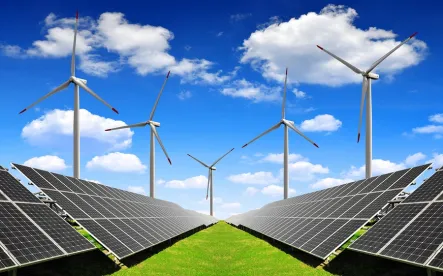In 2016, Germany passed an amendment to the German Renewable Energy Act (Erneuerbare-Energien-Gesetz) to implement bidding processes for determining the amount of funding for the generation of electricity from renewable energies.
The German government saw the transition to bidding processes as being a central instrument for attaining two goals: (a) on the one hand, to develop a certain share of renewable energies in the production of electricity as laid down in policy guidelines; and (b) on the other hand, to limit the funding to a level that is economically essential.
The new law came into effect the beginning of 2017, and the new era started with an auction of 1.55 GW. Only very advanced projects that have already been granted approval or received planning permission, and whose commissioning is planned for the period from 2021 to 2024, were qualified to participate in that auction.
The result of the auction was surprising for many market observers: Four bids were able to be accepted, totalling 1,490 megawatts. All successful projects are located in the North Sea. Three of the four successful bids were awarded for zero subsidies, and the highest accepted subsidy by the regulatory authority was 6 ct/kWh, which is 50% below the highest possible maximum subsidy. There were only two large energy companies that were successful in the auction: a German utility with one project and a Danish energy group with three projects.
The thinking behind subsidy-free bids is mainly economy of scale and further development of the technology-in-use on the one hand and expectation of higher market prices for electricity on the other hand.
According to the regulatory authority, the result of the first auction has proven that the decision for a system change was the right one. Furthermore, it has also proven the competitiveness of offshore wind energy, which now claims to raise the regulated capacity for the development of offshore wind farms.
The German Federal Association for Wind Energy (Bundesverband WindEnergie – BWE), an interest group of the entire wind industry, which also includes the organized interests of the onshore wind industry, is more reluctant. According to their statement, it is not clear if state subsidies are just exchanged with group internal subsidies of offshore projects, a strategy which more medium-sized corporations with no public stakeholders may not be able to follow.s the objective of cost efficiency; however, it still remains to be seen whether the system will actually guarantee a further continuous development of wind energy — both offshore and onshore.




 />i
/>i

